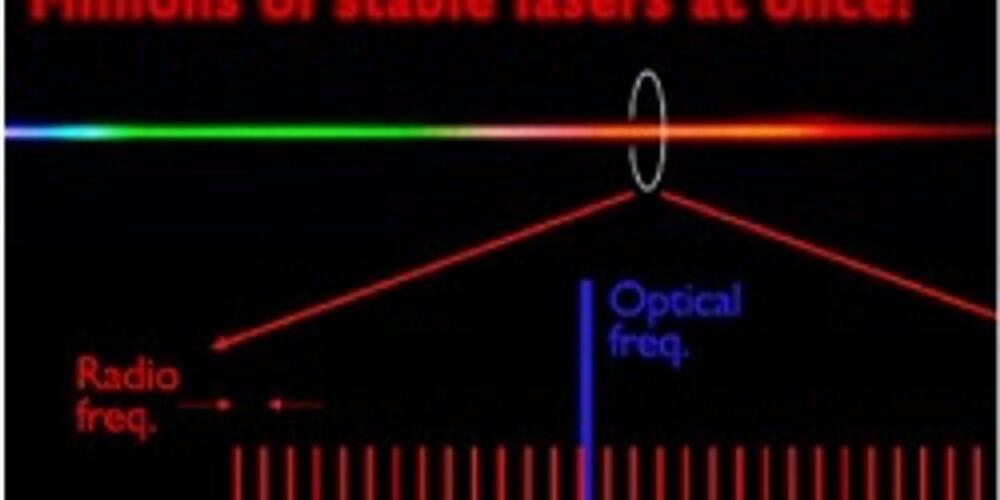“It’s like being able to see the mountain all at once—the whole landscape and the individual trees.” That’s how researcher Jun Ye describes direct frequency-comb absorption spectroscopy. Ye and his JILA/National Institute of Standards and Technology colleagues in Boulder, CO, used optical frequency combs to analyze complex gas mixtures for a forthcoming IEEE Transactions on Plasma Science paper on a novel cold-plasma sterilization method.
The system bathes surfaces—agar plates, plastic ID badges (a “major vector for pathogen transmission…currently not subject to any disinfection/sterilization procedures…”), biofilms, and mouse skin (free-radical-rich gases have been shown to disinfect wounds and speed healing)—and mixtures of plasma-derived ozone (O3), hydrogen peroxide (H2O2), nitrous oxide (N2O), and nitrogen dioxide (NO2). It appears to work well, deactivating most surface bacteria in 15 to 60 seconds.
A further object of the study, however, was to discover exactly which gas proportions provided the most effective sterilization. The mix of gases, each with its own pattern of absorption transitions, made monitoring the flow a challenge for conventional Fourier transform infrared (FTIR) absorption spectroscopy.










Comments are closed.